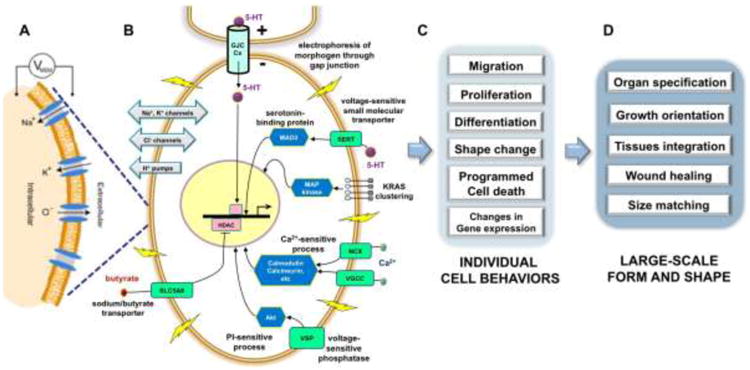Figure 1. Bioelectrical signaling drives pattern formation at the level of the cell, tissue, and organism.

(A) Changes in transmembrane voltage are transduced (B) by a set of membrane mechanisms (voltage-powered transporters of serotonin and butyrate, voltage-gated calcium channels, voltage-regulated phosphatases, and others) into second-messenger cascades that regulate gene expression, thus directing cell behavior (C) such as, migration, proliferation, cell death, differentiation, gene expression, and shape changes. (D) In turn, these changes in cell behavior enable the creation of complex structures. Abbreviations: 5-HT, 5-hydroxytryptamine, also known as serotonin; HDAC, histone deacetylase; MAD3, Max-interacting transcriptional repressor; Akt, serine/threonine-specific protein kinase; GJC, gap junction communication; NCX, Na+/Ca2+ exchanger; VGCC, voltage-gated calcium channel; Cx, connexin; MAP kinase, mitogen-activated protein kinase. Lightning bolts represent changes in resting membrane potential. Panels A and B modified with permission (Levin, 2007b).
